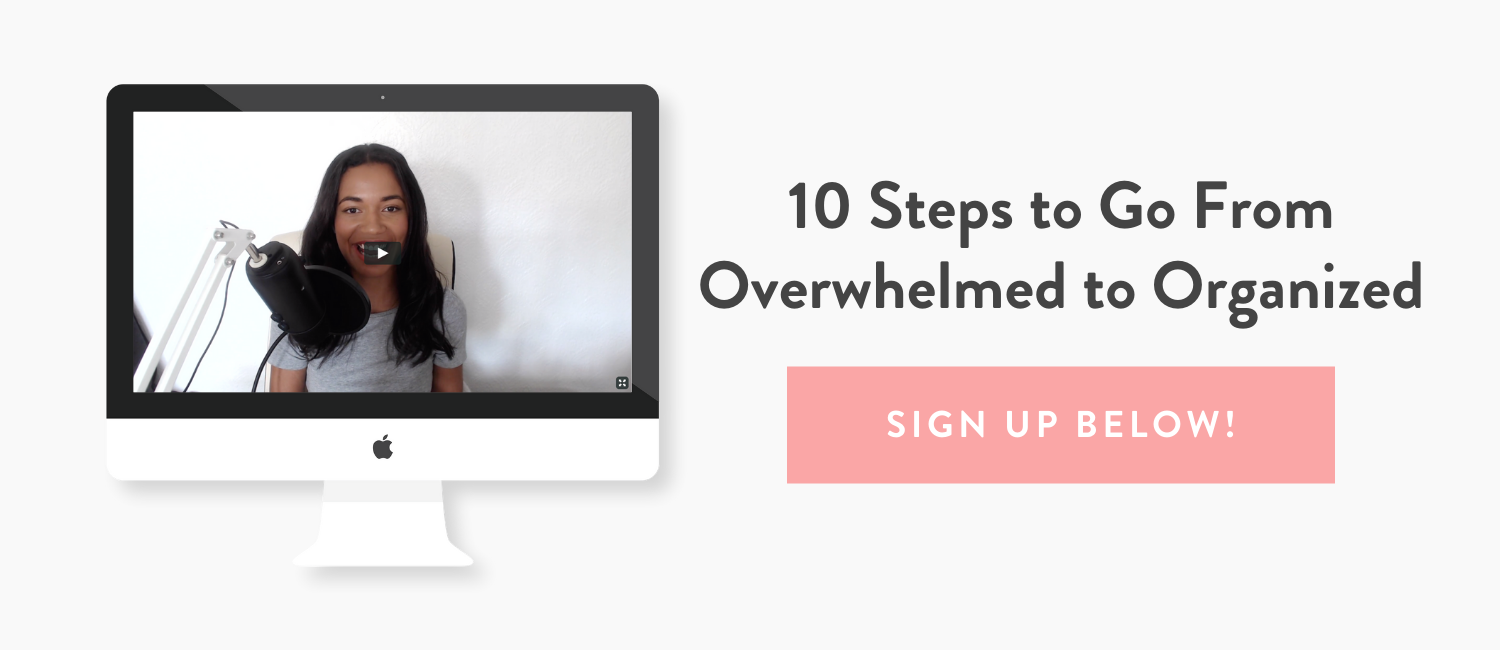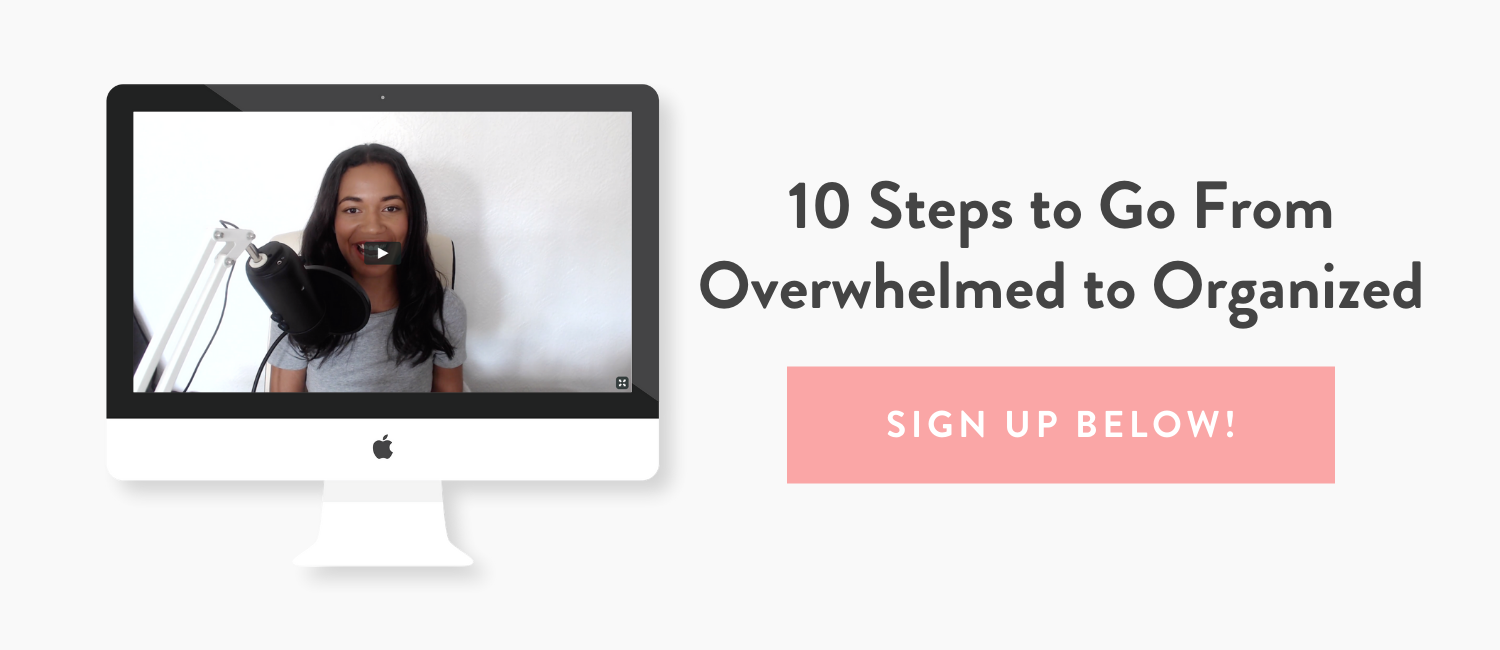We've talked a lot about marketing lately.
(Related Episode: 14 reasons why you’re not booking clients consistently)
So I felt it was important to pause and talk about something equally as important.
I see a lot of online service providers making this one mistake:
Putting ALL their time and energy into marketing or honing their service, and neglecting to put any effort into their client process.
To you, organizing your client process may seem boring or non-essential.
But to your clients, organization = professionalism.
A messy, unprofessional client process causes clients to doubt they made the right choice in hiring you, and question your experience. Do you think that would lead them to work with you again, leave a glowing testimonial, or refer others to you?
Probably not.
If your client process is a mess, you are likely leaving THOUSANDS on the table in missed referrals and repeat work.
If you want to avoid making this mistake, tune in to this episode.
You'll learn:
A step-by-step overview of what you should include in your client onboarding process
3 systems you need in your business if you want to amaze your clients (and eliminate stress for them and for yourself.)
Why you need a welcome page
What the S.T.A.R framework is and why you need it
Click “play” on the audio player below or keep scrolling to read the transcript.
Transcript
This episode is sponsored by my premium course, Organize and Automate. Working for yourself can be stressful. Your clients are late providing you with the assets you need to start their project. Your project is finished, but your clients are still emailing you with millions of questions. And getting them to pay you on time? It's like tearing yourself away from a four-hour binge session of "This Is Us." Not going to happen. That show is awesome. If that sounds like you, don't worry. I've got you. Head to OrganizeAndAutomate.com and organize your entire online service business in just two weeks, on the side of your regular routine. So you can finally put an end to these client issues and stop stressing out.
Today's episode was inspired by the previous one where I talked about the top 10 mistakes and failures of my business. Some of my top mistakes in the first few years of my business were based around things like my client process and my client experience. I told you about how I burst into tears reading an email from an unhappy client many, many years ago and how that spurred me to really invest time and energy into organizing my business process and systems on the back end, just making sure that everything was stress-free not only for me but also for my clients.
So I thought, why not create an episode that elaborates a bit? So a problem that many online service providers face is that they put so much time and energy into their craft that they sometimes neglect their backend processes. Or they put lots of time and energy into marketing and learning to sell really well and market really well and don't really put much time and effort into their client experience, which leads to disappointed clients.
I can attest to this because I worked with an accountant once whose marketing was amazing. And if you've heard me tell the story then I apologize. But yeah, her marketing was so, so good and it really hooked me. And I was just like, "Oh my goodness, this person is the person for me. This accountant is the one I want to work with."
However, the client process was just such a headache. I felt like it was so messy and everything was falling through the cracks. And because of that, I felt really unheard and uncared for. It wasn't just all the processes that were messy and confusing. We got on a one-to-one and then she forgot to turn the screen share off for the rest of the call, and I saw her just doing lots of personal things while she was talking with me about how she was supposed to help my business, and that’s when I decided to return to my previous accountant.
That is not what we want your client experience to be like, right? Because if you want your clients to refer others to you and be really happy working with you and even work with you again, you have to invest some time in this. You have to invest some time in building those systems and processes that are going to impress your clients and are going to remove any kind of stress or confusion that they may feel when working with you.
So the three systems that I'm going to give you an overview of are also three of the systems that I teach inside Organize and Automate. If you want to learn exactly how, step-by-step, to organize and automate your online service business, visit organizeandautomate.com.
System 1: client onboarding process
I'm going to give you a brief overview of what that should look like. Again, if you want the whole step-by-step process, it’s inside my course.
The potential client fills out the contact form on your website. I'm not going to go into exactly what questions should be in that contact form, but there are some strategic questions that you can add to save you the hassle of a few more back-and-forth emails between you and the client. These questions will help you get the information you need to provide them with a quote or assess whether they are the right client for you.
Your potential client receives your autoresponder. An autoresponder is basically an automatic email that your inbox sends out to anyone who has emailed you. You can use your autoresponder to set boundaries and expectations. For example, you could use it to let them know how long it will take for you to reply to their message. But there are other clever ways to use an autoresponder, which I cover in my course.
You remind them of your packages and pricing and send a link to your onboarding page or services page. If you have a very in-depth onboarding process, you may need a separate onboarding page. However, if you prefer to keep your services page simple to avoid overwhelming visitors, you can have a separate services page that is easier for them to understand. Then, you can direct them to an onboarding page with more details about working with you.
After they have inquired about your services, step four is to have a free 15 to 20 minute consultation with the potential client.
Step five is to send an invoice and request their deposit payment. This payment is usually non-refundable.
You invite your client to your project management system and send them to your welcome page. A project management system is basically an online space where you and your client can collaborate, exchange messages, provide feedback, and share files. It ensures that all communication regarding the project is streamlined and organized in one place. You can create to-do lists and communicate on this web page. Many project management tools also allow you to set reminders, due dates, and view tasks by calendar or list. In my opinion, using a project management system is a must when working with clients.
Your welcome page is an important aspect of the onboarding process. After your client has signed the contract and agreed to work with you, you send them the welcome page. This page sets the tone for the project and determines how files, feedback, and payment are handled. It also outlines your boundaries, communication methods, and deadlines for providing feedback. Repeating boundaries and setting expectations is crucial. It's important to understand that clients have many other responsibilities besides working with you, so reminding them of your expectations multiple times helps ensure that they remember and comply.
7. You remind your client when the homework is due. (Many service providers send homework to clients to gather a clear understanding of their needs and preferences before starting the project.)
8. (Optional) A complimentary 30-minute call a few days before the project begins. This call allows the client to ask any last-minute questions about your process.
To organize and streamline this process, you can use different tools for different parts, or you can use an all-in-one client management system like Dubsado*
In Organize & Automate, I teach two paths to organizing your business:
Path 1: the “free tools” path.
Path 2: the all-in-one Dubsado path. (I use Dubsado with my own clients.)
If you have the budget for it, Dubsado is worth the investment (and you’ll get 20% off with the code “nesha” at checkout.) But the choice is yours.
Now, let's move on to the second system that you absolutely need in your business. This system not only amazes your clients but also streamlines your projects, making them stress-free for both you and your clients.
System 2: a welcome page
A welcome page is sent to your clients after they have signed the contract and agreed to work with you. It sets the tone for the project and influences how clients interact with you. It outlines boundaries, communication channels, file exchange methods, and deadlines for feedback.
Setting expectations and reinforcing boundaries is essential, and it's recommended to repeat and remind clients of these guidelines throughout the project. Clients are often busy with multiple tasks and responsibilities, so consistent communication helps ensure they remember and prioritize their commitments to your project.
System 3: The STAR framework
So, the third system that you need in your business with your clients is what I like to call the STAR framework. Some people refer to it as a "project handoff" process or a client offboarding process. In the particular process that I have created, I call it the STAR framework. STAR stands for Support your clients, Train your clients, Amaze your clients, and Request referrals and repeat work.
Let's provide a brief overview of each step.
Step one is to support your clients. You need to find a way to offer your clients ongoing support even after the project is completed. You don't want them to feel like the project is over and you're done with them. By offering continued support, you make your clients feel cared for, supported, and confident in using whatever you have created for them or helped them with.
Step two is to train your clients. It's important to find a way to train them in using whatever you have created for them. Not every business owner in every niche has to do this, as I understand that in some niches it may not be necessary. However, in industries like website design, it's important to provide some training so that clients don't feel overwhelmed and unsure of how to use what you've created for them.
The next step in the STAR framework is A for "amaze." Find a way to amaze or surprise your clients before parting ways. A small surprise can go a long way in making them feel valued and appreciated.
The final step in the STAR framework is R for "referrals and repeat work." It's not enough to just hope that clients will give you referrals and testimonials or come back to work with you again. You have to actively ask for those things. Asking specific strategic questions and providing incentives can yield the best results.
All three of these systems are covered step by step in my course, Organize and Automate. Each system comes with templates, email scripts, and ready-made trainings to make organizing your business as easy and fast as possible. If you're interested in learning more about the course, you can visit organizeandautomate.com.
I hope that this episode has given you a good overview of the three systems you need in your business to impress your clients, encourage repeat work, and receive referrals. If you found this episode helpful, I would appreciate it if you shared it with your followers on Instagram and tagged me at @neshawoolery. You can also send it to a friend who you think would benefit from it.
If you'd like to learn more about how to organize your business and reduce stress while amazing your clients, I have a free masterclass for you called "10 Steps to Go from Overwhelmed to Organized." In this class, you'll learn:
How I added an extra 200k to my business simply by organizing it better
3 unexpected ways to grow your income without relying on new marketing strategies
How I helped a client double her income by organizing and automating her business
How to turn your clients into referral machines
The top three mistakes to avoid if you want to organize your business quickly, and more.
If you'd like to watch the class for free, sign up above. After signing up, you can watch the class instantly. Enjoy!
About Nesha
Hey there! I’m Nesha, host of The Simple Business Show. I teach creatives how to build profitable online businesses without the hustle and crazy work hours so they can live the freedom-filled lifestyle they dream of. When I’m not working, you’ll find me sipping caramel macchiatos at Starbucks, reading personal growth books, or traveling the world with my backpack and my laptop!
Looking for more ways I can help you? Here they are:
Organize & Automate - Join 1500+ students and learn how to organize your entire online service-based business in just two weeks (on the side of your regular routine!) so you can stop stressing and amaze your clients.
Simple Sales School - Learn how to book clients consistently and start scaling to $5k months.
1:1 Coaching - My 3 month program, Momentum, is for established business owners who are ready to remodel their business and make big changes but need guidance, support and accountability.
Subscribe & Leave A Review!
If you enjoyed this episode, you can show your support by leaving a review, subscribing, or sharing your biggest takeaways on your Instagram story! Just remember to tag me @neshawoolery so I can see it.
Here’s how to subscribe and review the show:
Subscribe on your favourite podcast platform: iTunes, Google, Spotify or Youtube.Click here to open this show in iTunes and leave a five star rating and review.







